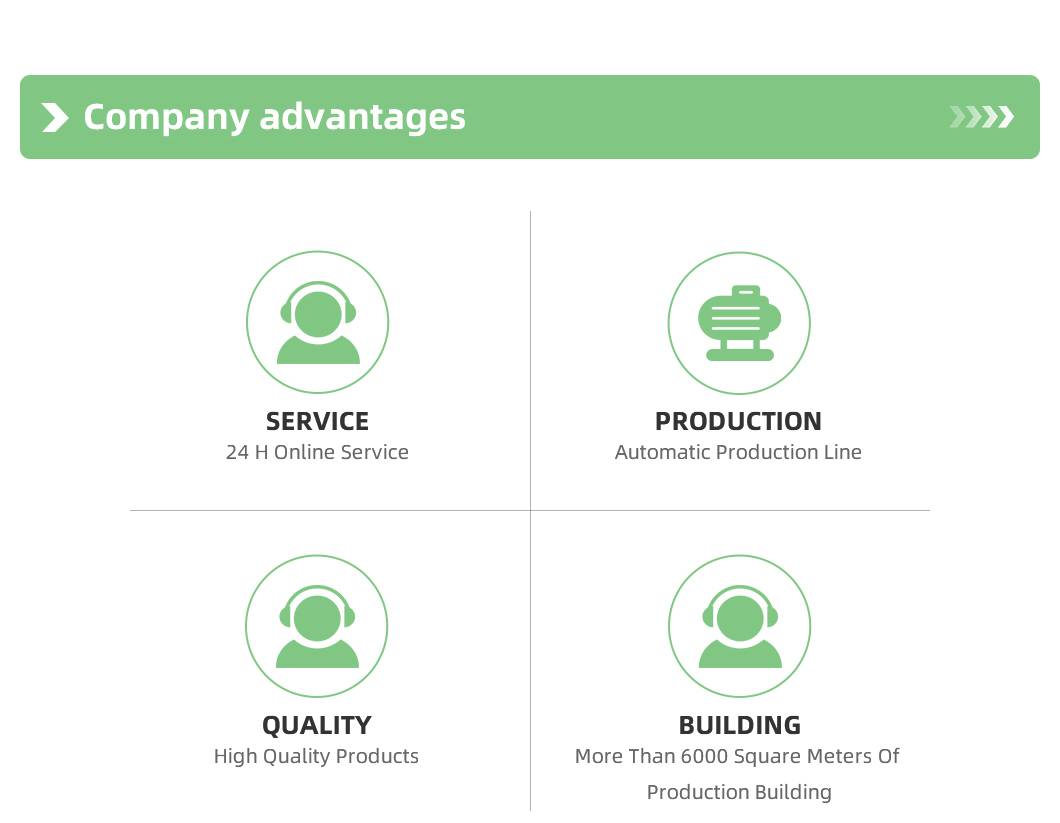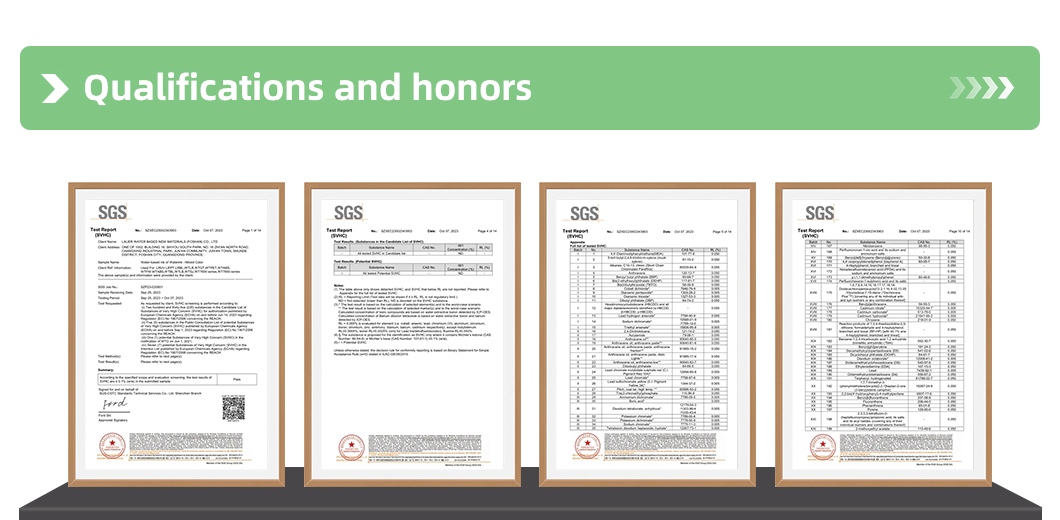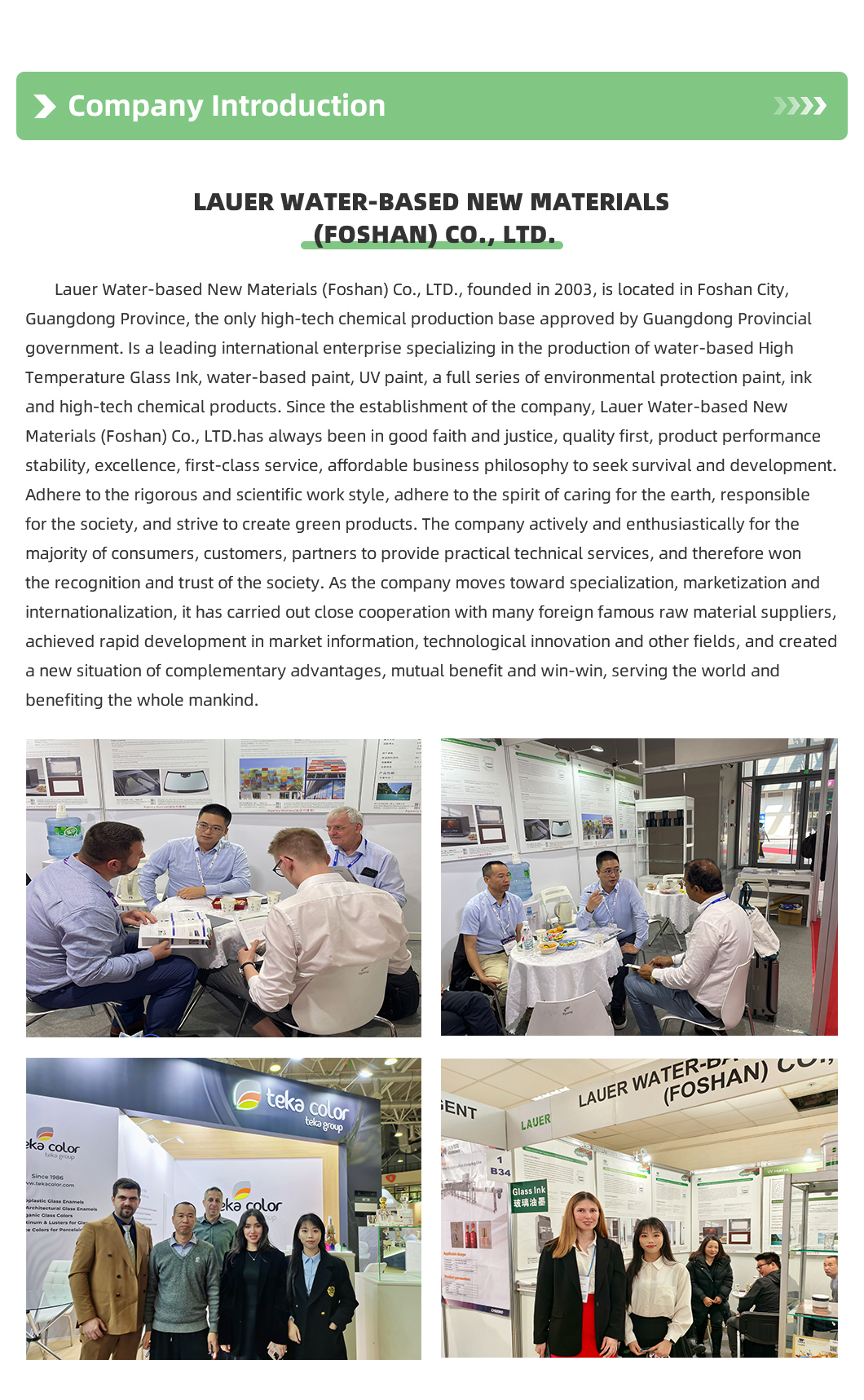Water Based Slow Dry Diluent For Screen Printing
When the Automatic Screen Printing Machine outputs crazily at the speed of 30 times per minute, and when the water based tempered glass ink presents micron-scale accuracy on complex curved glass, the quick-drying characteristics of traditional diluent are like putting shackles on the production line. This revolutionary slow-drying diluent, with precise opening time control and intelligent rheological adjustment, is rewriting the efficiency law of industrial screen printing.
Four Core Values —— Solving the Time Paradox of High-speed Printing
1.Time unblocking: extend the opening time to 4-6 times.
Measured data:
At 25℃/60%RH, the ink opening time was extended from 8 minutes to 45 minutes.
Continuous printing of 380 mesh screen for 200 times without blocking screen (traditional diluent ≤50 times)
Scene breakthrough:
The positioning error is less than or equal to ≤0.05mm when complex patterns are registered.
Intelligent Rheology: Transformers under the Pressure of Scraper
2.Dynamic adjustment of thixotropic index;
Anti-seepage ink with viscosity of 850cps at rest
Screen Printing Squeegee instantly drops to 220cps under pressure.
Recover to high viscosity and prevent sagging within 3 seconds after leaving the net.
Life multiplication of scraper:
The wear rate of polyurethane scraper decreased by 67% (thickness loss after 10000 printing < <0.03mm).
3.The "Best Partner" of High Temperature Ink
Sintering compatibility:
There is no residual ash at 680℃ (ash < 0.01%).
The density of interface transition layer increased by 39%
Technological breakthrough:
Support 0.1mm ultra-fine metal wire printing (resistance fluctuation ≤2%)
When printing on 3D curved glass, the CV value of ink layer uniformity is less than 1.5%.
4.New paradigm of environmental protection and slow work
78% bio-based raw materials:
VOC content < 15g/L (GB ≤80g/L)
28-day biodegradation rate > 90% (OECD 301b standard).
Workshop revolution:
Prolonging the operation window increases the humidity tolerance of the workshop to 85% RH.
The COD value of wastewater is less than 100 mg/L, and the treatment cost is reduced by 65%.































